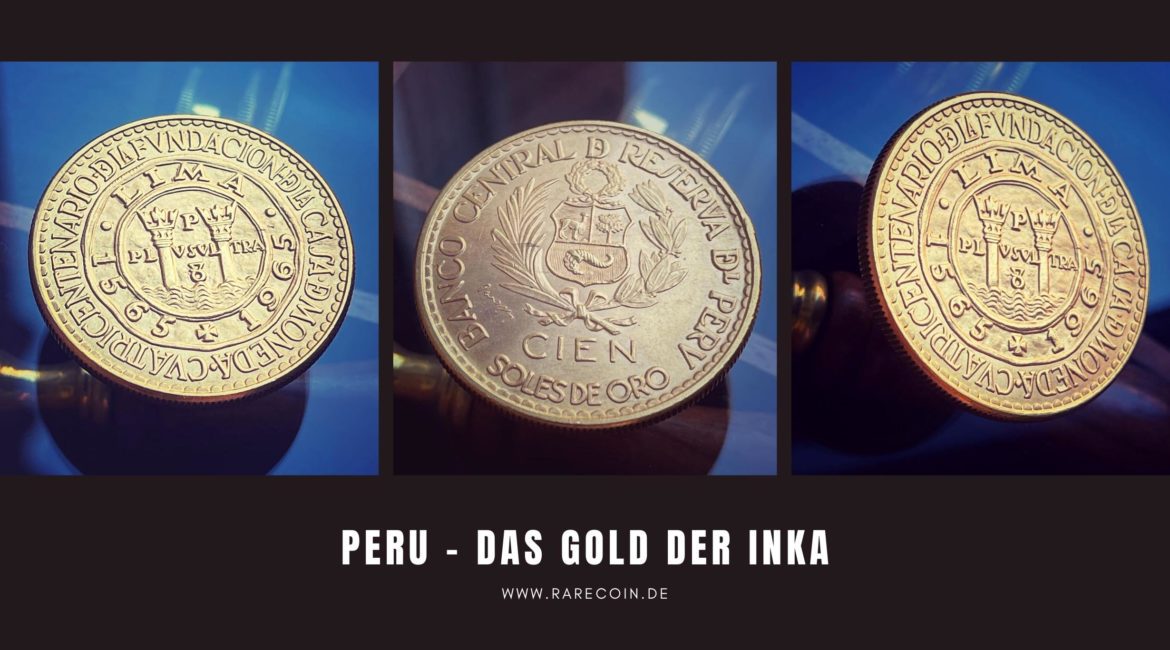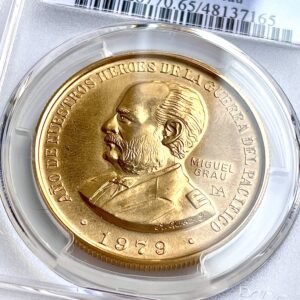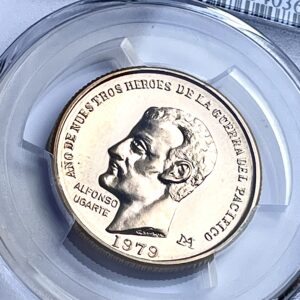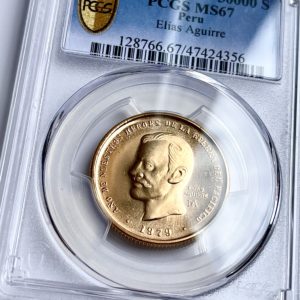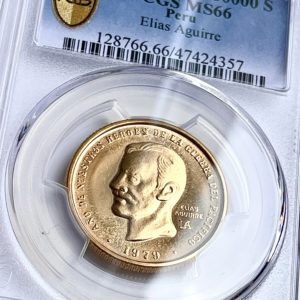A legend – all gold
A beautiful legend says that long ago there was a beautiful garden.
Golden grass grew in the garden with golden insects crawling on it, tall golden trees stretched up to the sky, and golden fruit dangled from the golden branches with sun-filled fruit. The garden was absolutely golden. It was given to people by the Sun God, and people looked at it with awe and thanked the Creator every day for His gifts. Gold was respected and valued, but not seen as something material, nor equated with money. How can you compare what is holy with money?
Sapa Inca – Son of the Sun
The Inca Empire was a slave empire of Indian tribes that emerged around 1438 and encompassed the territory of present-day Ecuador, Peru, Bolivia, northwestern Argentina, and northern Chile. One of the oldest civilizations in South America, it subjugated the surrounding tribes belonging to the Quechua language group. The legendary chief Manco Capac founded the ruling Inca dynasty around 1200. The Indians called their state Tauantinsuyu, which means the four interconnected sides of the world, and the capital Cuzco (the center of the earth).
Sapa Inca was the supreme ruler of the empire and was deified during his lifetime, he was called “Son of the Sun”. The Inca Empire had an elaborate system of roads and irrigation systems and was highly skilled in agronomy, engineering and medicine. Skilled potters, weavers and jewelers were considered public servants and were supported by the ruler. The best pieces were used in rituals, or the Sapa Inca gave them away to subordinates for their merits.
A special relationship with gold
The Incas had a special relationship with gold, as it served as a mediator between God and man. Not all jewelry was available to the public, for example, bracelets woven from gold and various fibers of the ouairuro plant could be worn by anyone. Sandals made of llama leather and decorated with gold could also be afforded by many, but those of the rulers were more richly decorated and set with larger and higher quality stones that were out of reach of the common people.
In general, gold was seen as belonging to status, so the brightest and largest pieces belonged to the nobility and priests. Earrings are a striking example of status jewelry: slaves wore earrings as a luxury, commoners had plain and simple earrings, while the ruler and his family wore heavy and ornate earrings. Often, both rulers and priests wore earrings that were simply large, faceted pieces of gold.
Not everyone could wear gold jewelry every day – only members of the ruling family and priests were allowed to do so. Ordinary people could wear gold jewelry only on holidays or ritual occasions. The supreme leader of the Inca was coated with a sticky substance (e.g. resin) and covered with pure gold dust. He and his escort went with gifts of gold in a boat to the center of Lake Guatavita, a sacred lake in what is now Colombia, where they threw all the gold into the water to offer them to a higher power. They swam back and the golden “skin” of the chief was washed away. The ritual was performed quite rarely, especially during the coronation of the priest-king.
The legendary city of Eldorado
Gold was brought to Cuzco from all regions of the empire, and it was forbidden to take it out – anyone who did not comply was executed. The capital of the empire received about 170 tons of gold every year.
In the 16th century, the Spanish conquistadors arrived at the Incas for the first time. Although the journey was not short, rumors about the wealth of the Inca spread quickly. The Spaniards thought that the gold and jewels in these distant lands were just lying around and had no value to the natives. This was not true, however, because gold was everything to the Incas: it was a symbol of the sun itself. The sun was so sacred that no one in the kingdom, not even Sapa Inca, was allowed to look at it, lest they anger a higher power.
In 1532, the Spanish, led by Francisco Pissaro, took Atahualp, the Zapa Inca, hostage. In exchange for his freedom, Atahualpa offered to fill an entire room from floor to ceiling with gold. When the promise was fulfilled, the Inca chief was executed. Before he died, Sapa Inca left a message – a quipa (knot letter) with 13 knots. No one knows exactly what Atahualpa sent, but legend has it that after his death the Incas collected all the gold and hid it in the mountains, where they founded the city of El Dorado. Since then, entire expeditions have been sent out again and again to find the mysterious city, but to this day the legendary Eldorado has not been found.
The last gold of the Inca
Preserved Inca wares made of gold and other precious materials, as well as tools for gold processing and extraction, can be seen in museums in South America. The most famous among them are the gold museums in Lima, Peru, and Bogotá, Colombia.
The Indians mined gold by working the dried river bottom with a sharpened stick or by setting fire to dry plants on the hills and then searching the soil for the metal. The ore was crushed in stone mills, which extracted the gold. To rid it of impurities, they melted it down. The Indians had crucibles and crucibles as well as small smelting furnaces and scales with weights to weigh the metal.
Gold was often mixed with copper to create what is known as a tumbaga alloy. In some cases, these items were covered with silver or painted with special herbal colors. In some cases, these items were coated with silver or dyed with special herbal colors.
The Mint of Lima
The Mint of Lima, now known as the National Mint, is the official mint of the Peruvian state responsible for the minting of Peruvian coins, with origins dating back to 1565.
How the Peruvian mint was founded
After Francisco Pizarro founded Lima on January 18, 1535, the problem of conducting all kinds of commercial transactions between the Spanish conquistadors was solved, as well as establishing a money-based economy in view of the enormous amounts of silver and gold treasures acquired after the fall of the Inca Empire.
Simple silver and gold ingots were used for commercial transactions and to pay taxes, which was contrary to Spanish coinage regulations, as this system became disadvantageous due to the scarcity of Spanish coinage. For this reason, the colonial authorities requested the establishment of a mint in Lima, the seat of the Viceroyalty of Peru, which at that time included almost all Spanish possessions in South America. In 1551 Pedro de la Gasca addressed a request to the Spanish king to establish a mint in Lima, but found no answer; the viceroy Andrés Hurtado de Mendoza asked for the same result in 1556.
Due to the large production and influx of silver from the Americas to Spain, the Crown realized the importance of minting coins in the colonies so that they would not be dependent on minting in the metropolis. In April 1561, the then Viceroy of Peru, Diego López de Zúñiga, Count of Nieva, sent a message to King Felipe II requesting permission to open a mint, stating the reasons for his request, which was granted. On August 21, 1565, Philip II authorized the creation of the Lima Mint with a royal charter issued in Segovia.
Gold coins – Lima Mint
In the then South American Spanish colony, the state of Peru minted Escudo gold coins since the early 16th century, then Libra gold coins and Soles gold coins. In 1965, a 100 Soles gold coin in honor of the 400th anniversary. Anniversary of the Lima Mint (100 Soles de Oro Casa de Moneda) minted. Sol de Oro translates as “golden sun”. These coins are a wonderful piece of history, which is very rarely traded on the European market.
The Libra
As denominations there are the Libra gold coins made of 917 gold:
1/5 libra,
1/2 libra,
1 libra.
The soles
Also, the Soles gold coins made of 900 gold:
10 soles,
20 soles,
50 soles,
The 100 Soles Lima Mint Commemorative Coin
About the 100 Soles gold coin, issued in 1965 in honor of the Lima Mint a few more details:
Country of issue: Peru
Year of birth: 1965
Face value: 100 Soles
Fineness: .900
Circulation: 27000
Weight: 46.8071 g
Diameter: 36 mm
On the obverse we find the columns of Hercules in the inner circle and in addition the inscription “CUATRICENTENARIO DE LA FVNDACION D LA CASA D MONEDA / LIMA 1565 – 1965”.
On the reverse side it reads “BANCO CENTRAL DE RESERVA DEL PERV” and “CIEN SOLES DE ORO”.
Soles de Oro Peru gold coins are an excellent addition to the international coin collection for both investors and gold coin collectors. Feel free to contact us.
Interesting gold coins from Peru:
-
Peru – 1979 – 100000 Soles – Miguel Gray – 1oz Gold – PCGS MS65
2.950,00 €plus shippingDelivery Time: approx. 2-3 days (excluding Saturdays, Sundays and public holidays) -
Peru – 1979 – 50000 Soles – Alfonso Ugarte – 1/2oz Gold – PCGS MS66
1.750,00 €plus shippingDelivery Time: approx. 2-3 days (excluding Saturdays, Sundays and public holidays) -
Peru – 1979 – 50000 Soles – Elias Aguirre – 1/2oz Gold – PCGS MS67
1.800,00 €plus shippingDelivery Time: approx. 2-3 days (excluding Saturdays, Sundays and public holidays) -
Peru – 1979 – 50000 Soles – Elias Aguirre – 1/2oz Gold – PCGS MS66
1.750,00 €plus shippingDelivery Time: approx. 2-3 days (excluding Saturdays, Sundays and public holidays)

